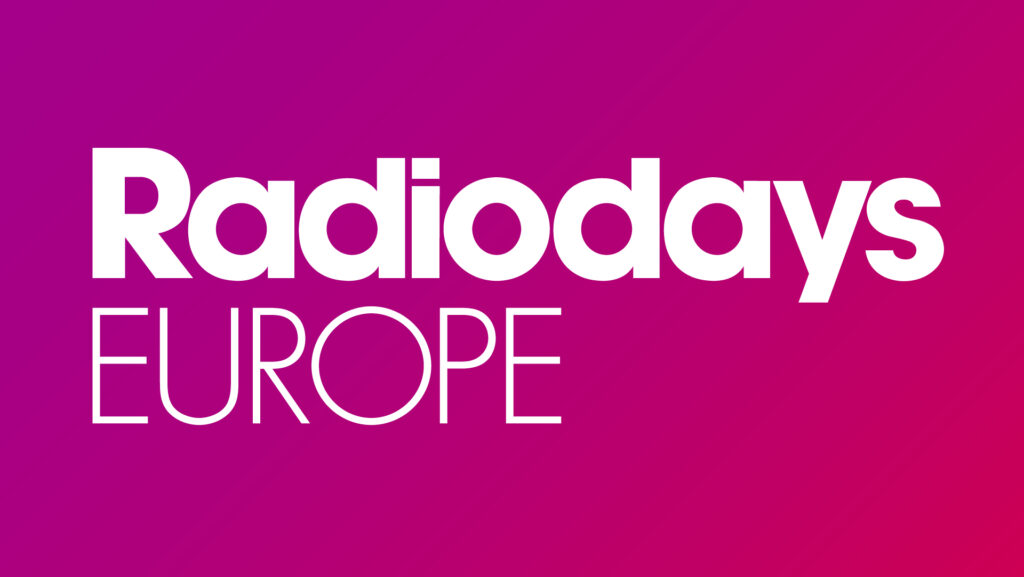Alison Winter (BBC, UK) and Aled Haydn-Jones (BBC Radio 1, UK) shared the results of recent audience research that is helping to shape the future of BBC Radio. Using BBC Radio 1’s “digital footprint” as an example, Alison opened the session by highlighting how Radio 1’s on air listening is just one of the many ways in which audiences engage with the brand.
Today, BBC Radio 1 is the world’s biggest radio station on YouTube and the station has a combined social following of 6 million. But can this digital engagement bring in new listeners and support brand awareness? Alison suggested that digital activity was not about building time spent but station reach. Findings have shown that social media and third-party platforms are beneficial for explaining what a station can offer to potential listeners. Plus it can help change perceptions about a brand.
Aled explained how the way teams are structured at BBC Radio 1 has changed in the last year. There are now producers exclusively working on social and video, alongside on air producers. And all three teams group together ahead of station events to decide how to get the most from the content Previously, Radio 1’s presenters were encouraged to push to other platforms whilst on air; this has now been banned with the aim of strengthening the core on air product whilst hoping that “social stumblers” who come across Radio 1’s digital content in their feed will be encouraged to sample the radio station from this.

